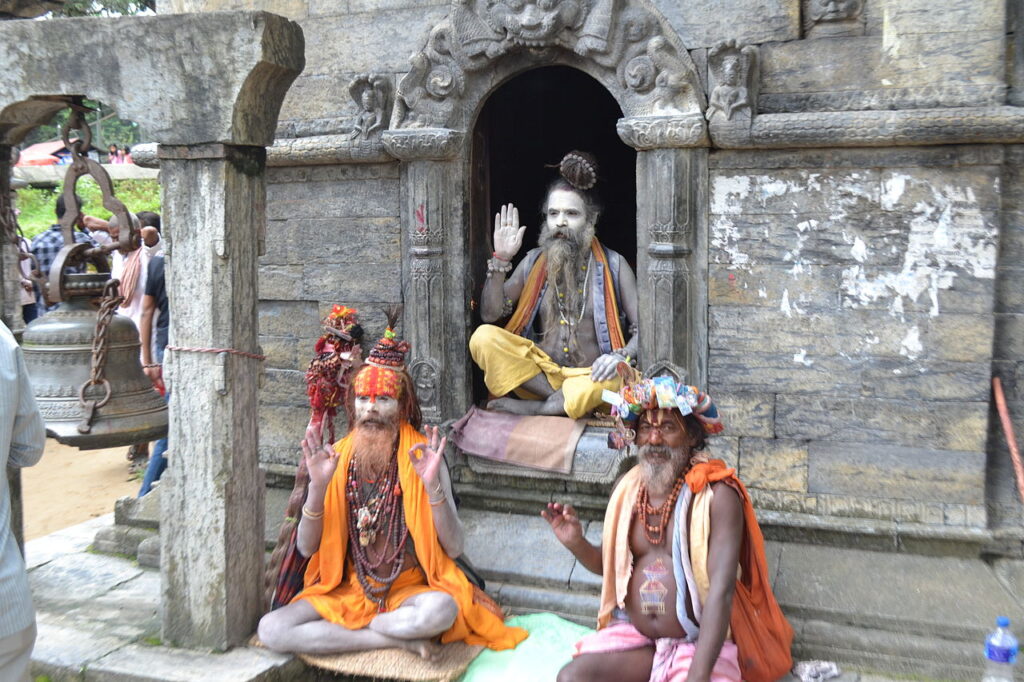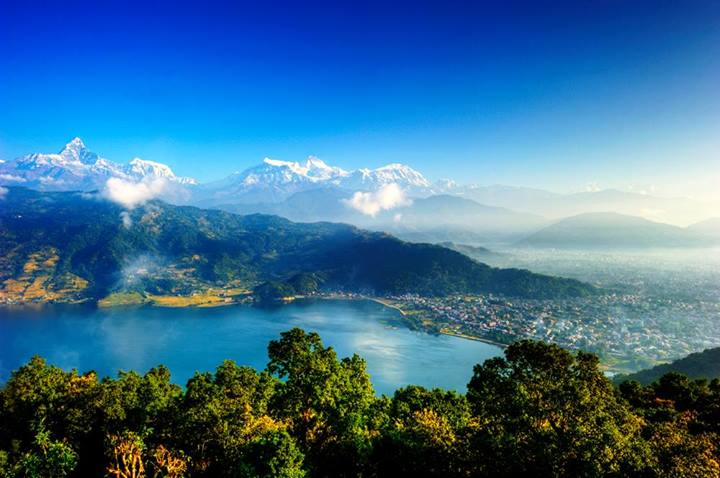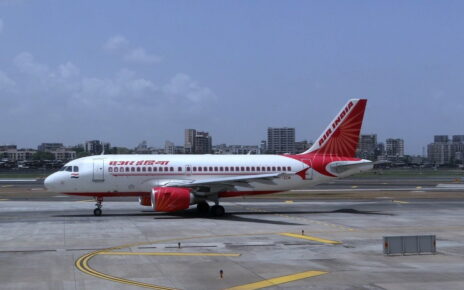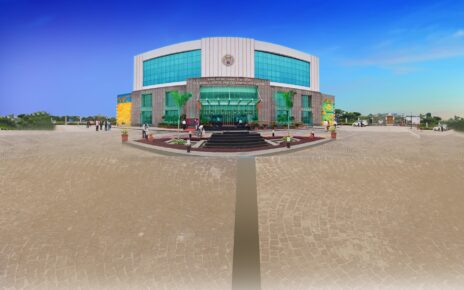Adventurers looking to scale Nepal’s Himalayan peaks and trek its mountain trails can finally do so after a gap of seven months, as the country reopens to foreigners.

The country is home to the eight of the 14 highest mountains in the world, including the tallest, Mount Everest. Nepal heavily depends on its tourism and foreign visitors are a major source of income. The closure had impacted around 8,00,000 people who work in the tourism industry.
For now, the reopening will come with restrictions and mainly be limited to those seeking to climb or trek its famous peaks.
“We are not opening the country for all visitors and only mountaineers and trekkers who have taken prior permit will be allowed to come to Nepal,” said Rudra Singh Tamang, director-general of Nepal’s Department of Tourism.
What are the requirements?
Rather than a visa on arrival, visitors now need to get prior approval, give details of their itinerary, hire a local outfitting company and have health insurance that covers Covid-19 treatment. They are required to take a coronavirus test before leaving their home country, stay for a week in quarantine at a hotel in Kathmandu and then take another coronavirus test before being allowed to go up the mountains.
Local guides, porters, cooks and helpers who will be part of any mountaineering support team will be required to take coronavirus tests and prove they have been living in areas with no infections for the past two weeks.
“We are trying to revive the tourism industry that was badly hit by the pandemic but we are not taking any changes or any risks,” Tamang said.
Spring is the mountaineering season when foreign climbers come to Nepal to attempt scale the highest peaks while the fall is popular for trekkers who come to hike the mountain trails.
Earlier in the fall season, a team of mountaineers from Bahrain was given special permission to scale Mount Lobuche and Mount Manaslu. They were made to follow all the new rules placed by the government and reported no problems.
People in the mountains have been the hardest hit. They normally work the spring and fall seasons to make enough money to last them all year. The prospect of trekkers and mountaineers returning to the mountain has been a welcome piece of news for those in the industry.




